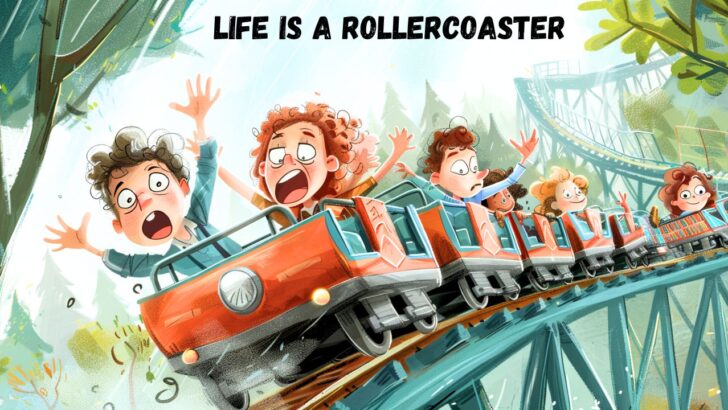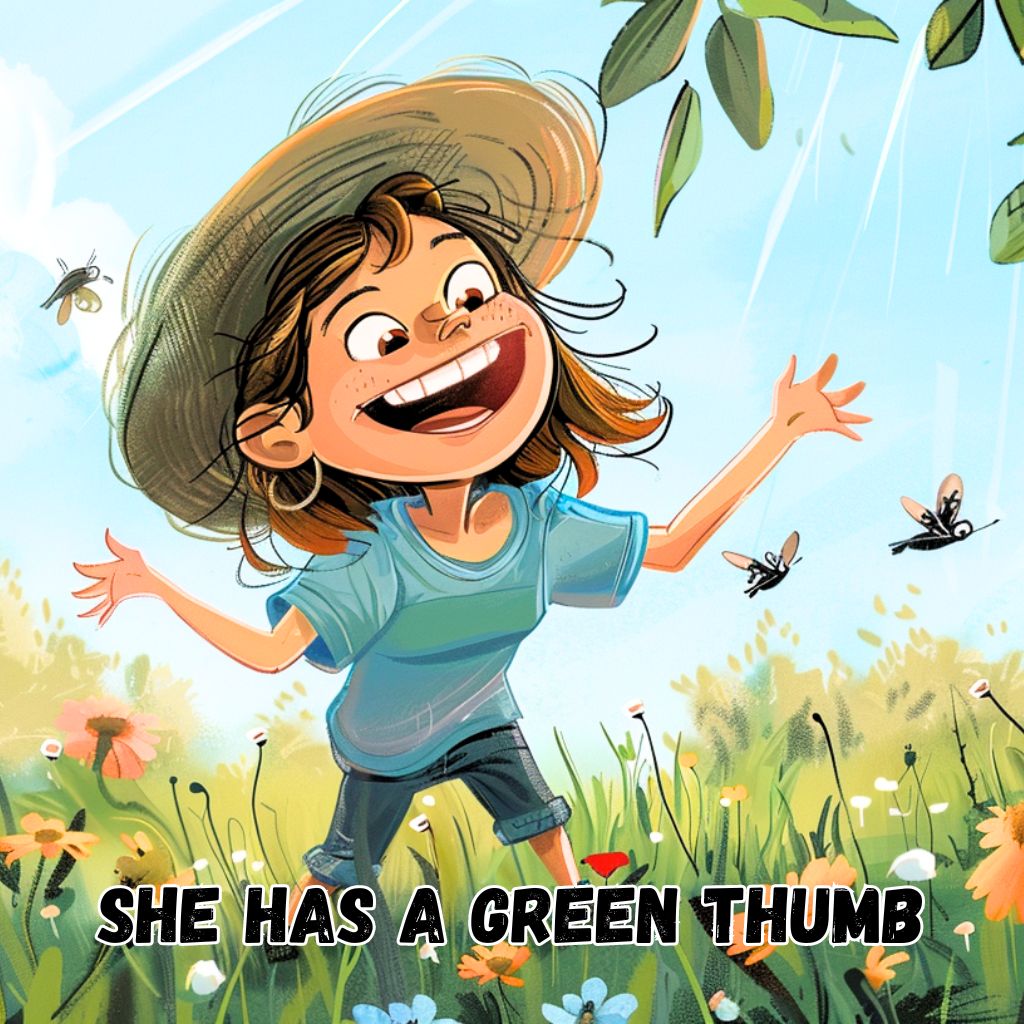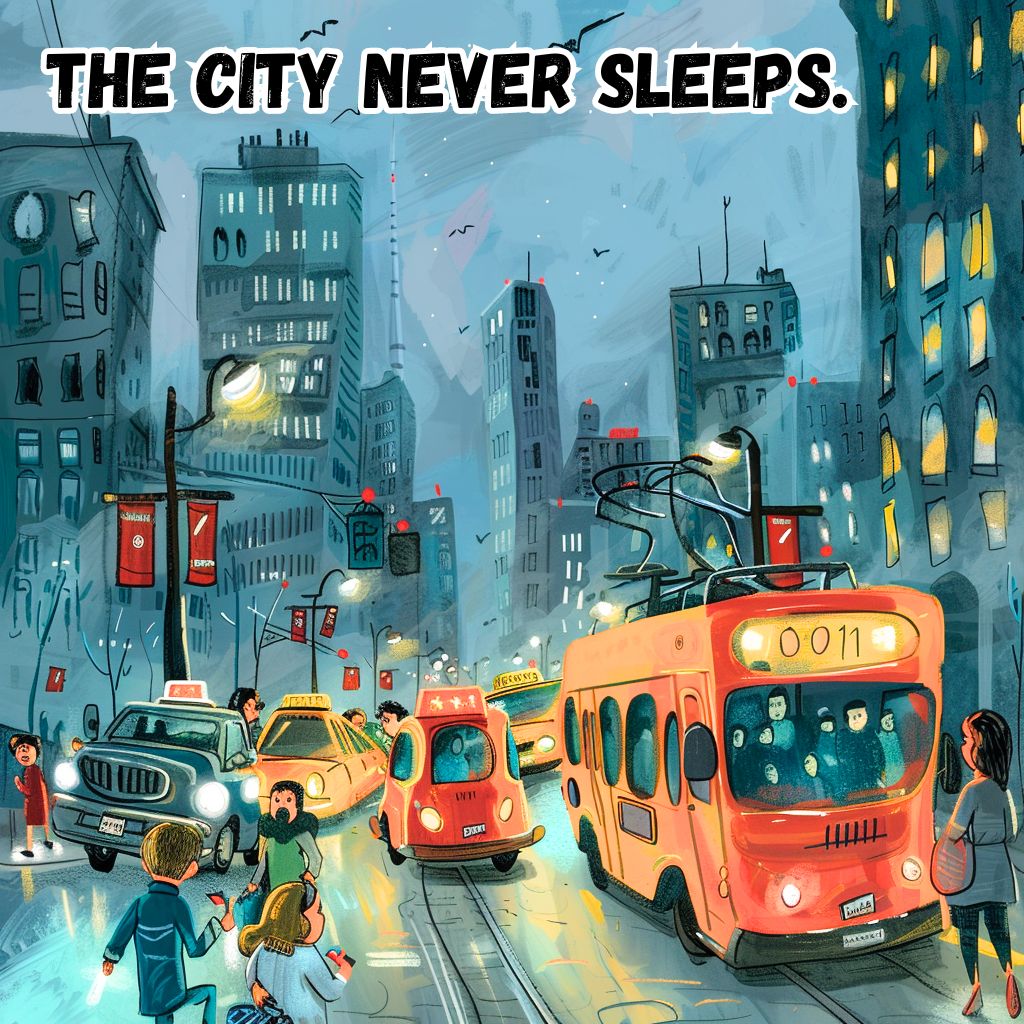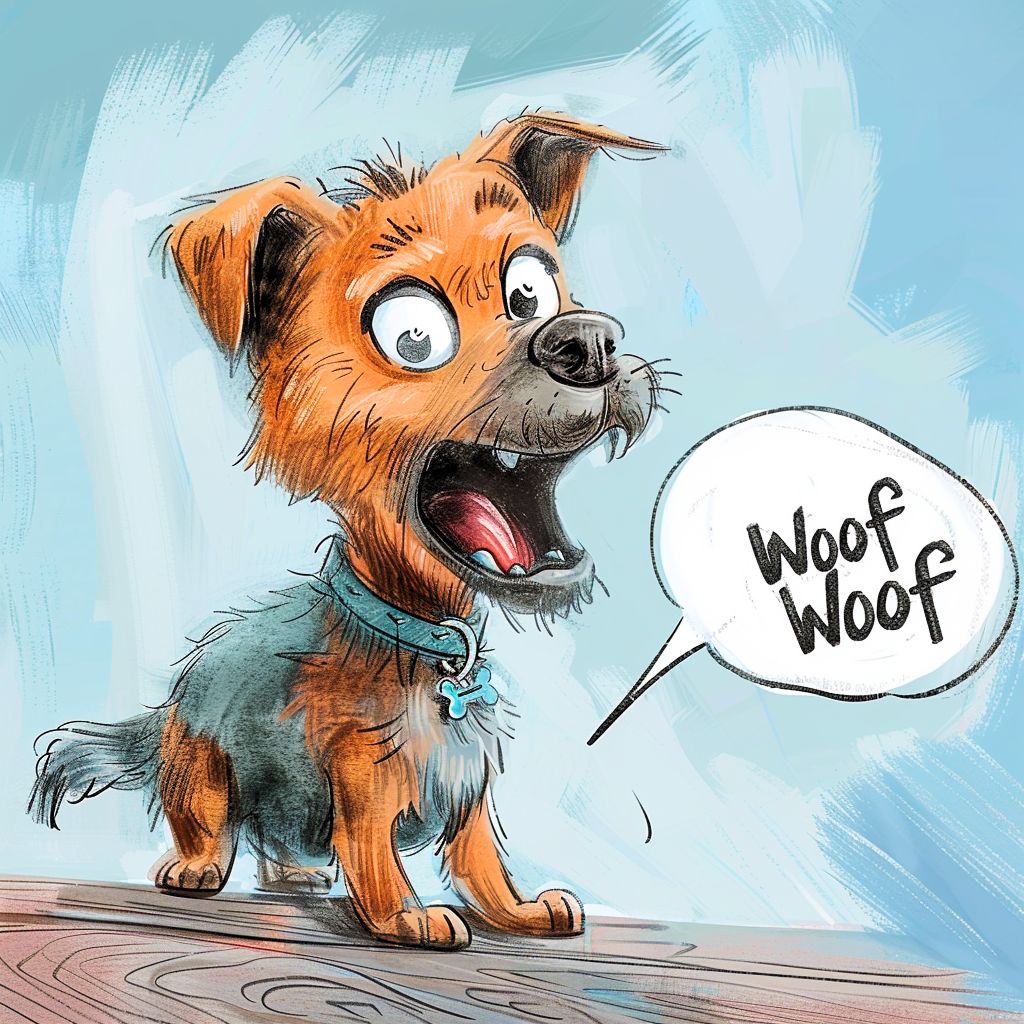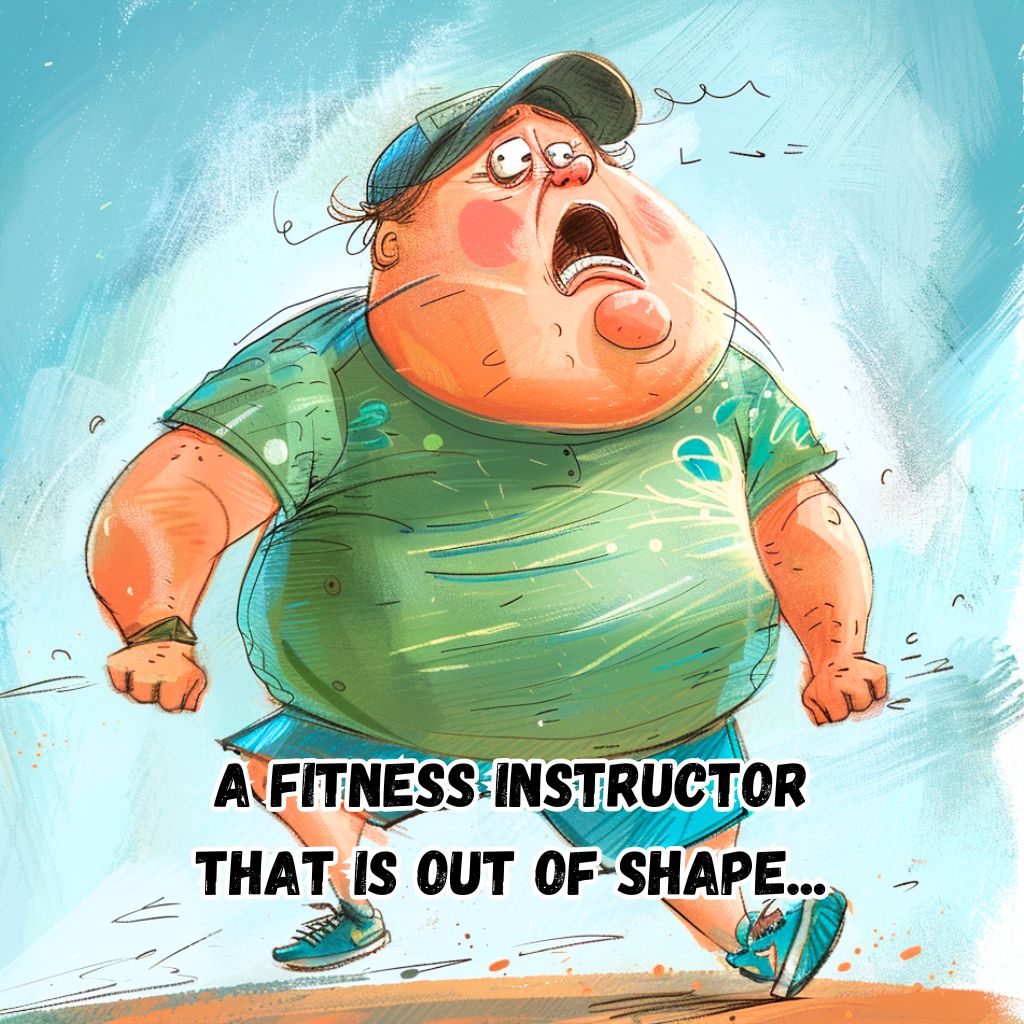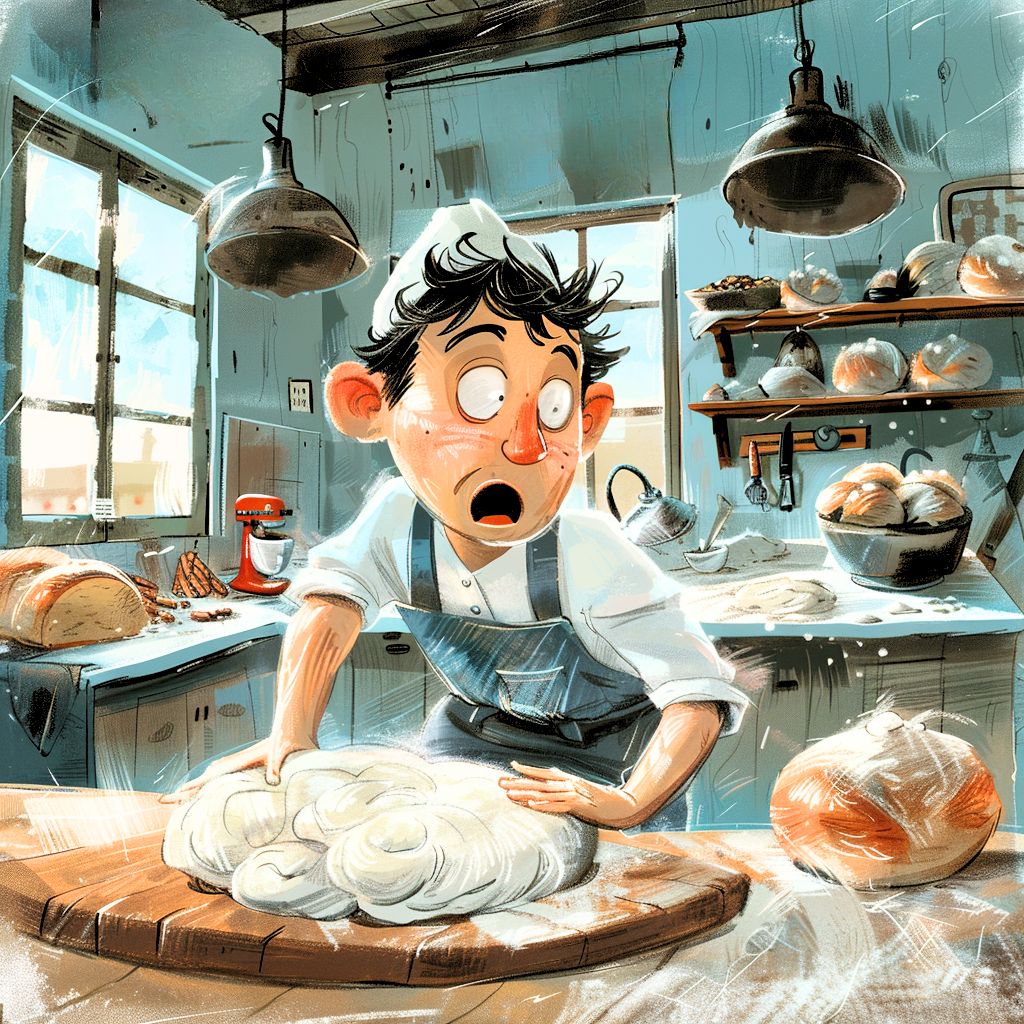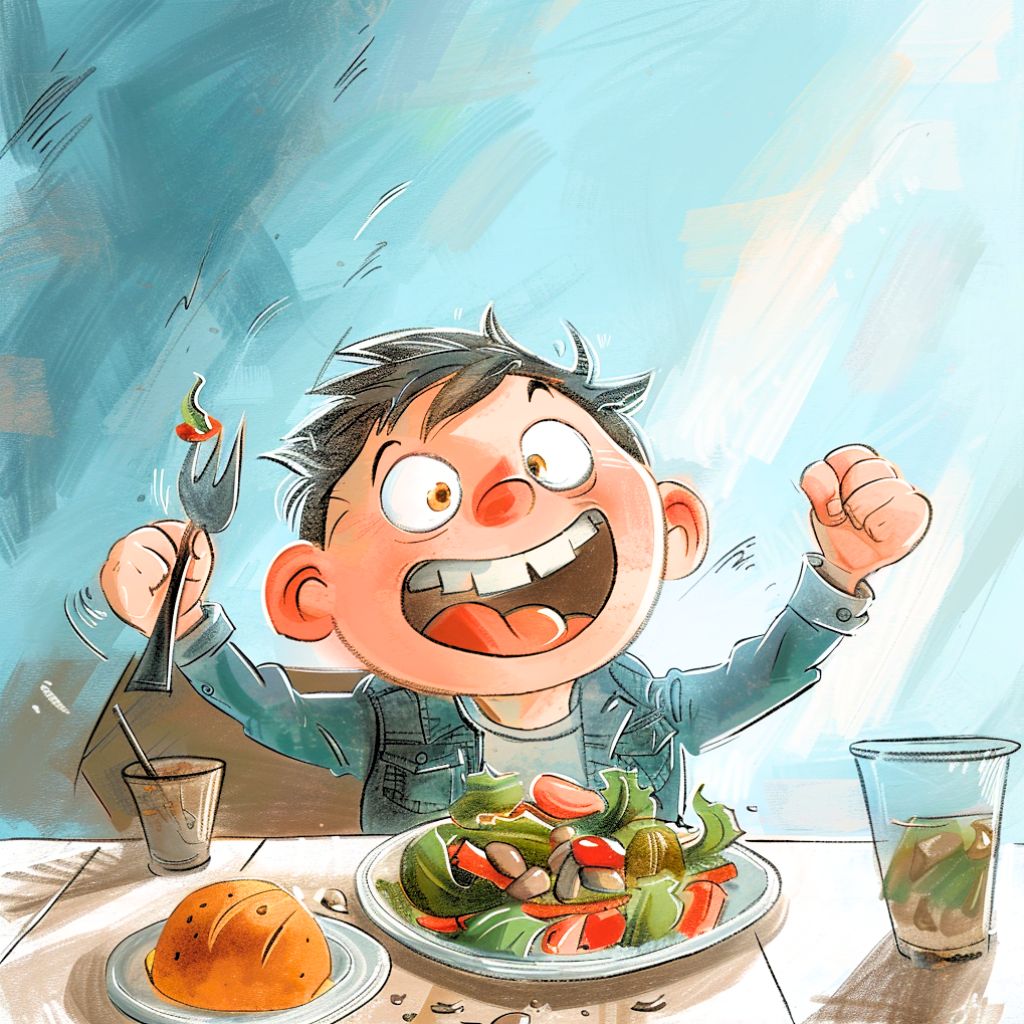Figures of speech are literary devices that add depth, creativity, and nuance to language. They enhance our communication by making it more engaging, vivid, and expressive. From everyday conversations to literary masterpieces, figures of speech are crucial in conveying meaning and emotion.
This article explores some of the most essential figures of speech, providing definitions and examples to help you appreciate and utilize these linguistic tools.
Whether you’re a language enthusiast or a writer, understanding these figures of speech will enrich your use of language and enhance your ability to communicate effectively.
1. Metaphor
A metaphor is a figure of speech that directly compares two unrelated things, suggesting they share a common characteristic. Unlike similes, metaphors do not use “like” or “as,” making the comparison more implicit and often more impactful. Metaphors are prevalent in literature, poetry, and everyday language because they help create vivid imagery and convey complex ideas succinctly. They can add emotional depth and layers of meaning, making descriptions more powerful and engaging.
Examples:
“Time is a thief.”
This metaphor suggests that time steals moments from our lives, emphasizing its fleeting and irreversible nature.
“The world is a stage.”
Here, the world is compared to a stage, implying that life is like a play where everyone has a role to perform, highlighting the performative aspects of human behavior.
“Life is a rollercoaster.”
This metaphor illustrates the ups and downs of life, comparing it to the thrilling and unpredictable ride of a rollercoaster, emphasizing the emotional highs and lows people experience.
2. Simile
A simile is a figure of speech that compares two things using the words “like” or “as.” This comparison helps create a vivid image or illustrate a particular quality of one of the things being compared. Similes are common in everyday language, literature, and poetry, enhancing descriptions by making them more relatable and vivid.
Similes can make abstract or unfamiliar concepts more understandable by relating them to something familiar. They can add depth and clarity to descriptions, making the writing more engaging and easier to visualize.
Examples:
“Her smile was as bright as the sun.”
This simile compares the brightness of her smile to the sun, emphasizing its warmth and radiance.
“He was as brave as a lion.”
Here, the bravery of a person is compared to that of a lion, highlighting their courage and strength.
“The ice cream was as cold as a winter morning.”
This comparison emphasizes the extreme coldness of the ice cream, making the description more vivid and relatable.
3. Personification
Personification is a figure of speech where human traits, ambitions, emotions, or behaviors are attributed to animals, inanimate objects, or abstract concepts. This technique adds vividness to expressions and makes descriptions more relatable and engaging by endowing non-human elements with human-like qualities.
Personification is widely used in literature, poetry, and everyday language. It helps create a more imaginative and lively picture of the scenes and objects being described, enhancing the reader’s experience by making the non-human elements seem alive and active.
Examples:
“The wind whispered through the trees.”
In this example, the wind is given the human ability to whisper, creating an image of a gentle and soothing breeze moving through the forest.
“The flowers danced in the breeze.”
Here, flowers are described as dancing, a human action, which conveys the movement of flowers swaying gently with the wind, evoking a sense of liveliness and joy.
“The city never sleeps.”
This statement attributes the human need for rest to a city, suggesting constant activity and energy, and emphasizing its bustling, vibrant nature at all times.
4. Hyperbole
Hyperbole is a deliberate and obvious exaggeration used for effect, humor, or to make a point. It is not meant to be taken literally but to emphasize the magnitude of something. Hyperboles are common in everyday language and literary works, enhancing descriptions and adding a dramatic flair to statements.
Hyperboles can create strong impressions, elicit emotions, and make descriptions more impactful and memorable. They are particularly useful in storytelling, persuasive writing, and comedy.
Examples:
“I’m so hungry I could eat a horse.”
This exaggeration highlights extreme hunger by suggesting an impossible feat, emphasizing just how hungry the person feels.
“I’ve told you a million times.”
This statement exaggerates the number of times something has been said to stress the speaker’s frustration and the repetitiveness of the situation.
“This bag weighs a ton.”
By using hyperbole, the speaker conveys that the bag is extremely heavy, even though it doesn’t literally weigh a ton, thus emphasizing its weight dramatically.
5. Alliteration
Alliteration is a stylistic literary device where consecutive words begin with the same consonant sound. This repetition of sounds at the beginning of words nearby creates rhythm, musicality, and emphasis, making the text more engaging and memorable. Alliteration is commonly used in poetry, tongue twisters, brand names, and speeches to capture attention and enhance the auditory appeal of language.
The effect of alliteration can vary depending on the context. It can create a sense of harmony, emphasize particular themes or concepts, or add a playful and whimsical tone to the text. Alliteration’s rhythmic quality also aids in memorization, so it’s frequently employed in advertising slogans and children’s literature.
Examples:
“Peter Piper picked a peck of pickled peppers.”
This tongue twister uses alliteration with the repeated “p” sound to create a playful and rhythmic phrase.
“She sells seashells by the seashore.”
Here, the repetition of the “s” sound mimics the sound of the sea, adding to the phrase’s descriptive quality and making it more engaging.
“Friendly foxes frolic in the forest.”
The alliteration of the “f” sound adds a sense of fun and movement to the sentence, enhancing its descriptive and rhythmic qualities.
6. Onomatopoeia
Onomatopoeia is a figure of speech where words imitate natural sounds associated with objects or actions. These words create a sound effect that mimics the thing described, making the description more expressive and vivid. Onomatopoeia enhances the sensory experience of reading or listening by engaging the auditory senses, making the imagery more dynamic and lifelike.
Onomatopoeia is often used in literature, poetry, and everyday language to bring scenes to life. It is particularly effective in children’s literature and comic books, where sound effects play a crucial role in storytelling.
Examples:
“The bees buzzed.”
The word “buzzed” imitates the sound bees make, helping readers hear the buzzing sound in their minds.
“The clock ticked.”
“Ticked” represents the repetitive sound of a clock, enhancing the sense of time passing.
“The bacon sizzled.”
“Sizzled” conveys the sound of bacon cooking, making the scene more sensory-rich and realistic.
“Woof woof”
7. Oxymoron
An oxymoron is a figure of speech that combines two contradictory or opposite terms to create a unique and thought-provoking expression. The juxtaposition of these contradictory elements often reveals a deeper truth or highlights the subject’s complexity. Oxymorons can add a layer of irony, humor, or emphasis, making them a powerful literary tool in both prose and poetry.
Oxymorons are used to capture the multifaceted nature of a concept, evoke curiosity, and provoke thought. They can describe complex emotions, situations, or characters by showcasing the coexistence of conflicting qualities within them.
Examples:
“Deafening silence.”
This phrase highlights a situation where silence is so profound that it feels overwhelming, almost as if it has a physical presence.
“Bittersweet.”
Combining “bitter” and “sweet” suggests a mix of pleasure and sadness, often used to describe memories or experiences that evoke both joy and sorrow.
“Jumbo shrimp.”
The terms “jumbo” and “shrimp” are contradictory, with “jumbo” meaning large and “shrimp” being small. Together, they create a playful and memorable image.
8. Irony
Irony is a figure of speech in which words convey a meaning opposite to their literal meaning or what is expected to happen. It is often used to highlight contrasts between appearances and reality, create humor, or underscore unexpected twists. There are several types of irony, including verbal, situational, and dramatic, each enhancing the depth and engagement of a narrative.
Examples:
“A fire station burns down.”
This is situational irony because one would expect a fire station to be the least likely place to catch fire.
“The police station gets robbed.”
Again, situational irony is at play as a place meant to prevent crime becomes a target of it.
“A pilot with a fear of heights.”
This example of irony highlights the contradiction between the pilot’s profession and personal fear.
9. Euphemism
Euphemism is a figure of speech that uses a mild, indirect, or less offensive term instead of one that may be harsh, blunt, or unpleasant. Euphemisms are often used to soften the impact of difficult or sensitive topics, making the conversation more palatable and avoiding discomfort. They are commonly employed in social, political, and cultural contexts to address delicate subjects tactfully and sensitively.
Examples:
“Passed away” instead of “died.”
“Let go” instead of “fired.”
“Economical with the truth” instead of “lying.”
10. Pun
A pun is a form of wordplay that exploits multiple meanings of a term, or similar-sounding words, for an intended humorous or rhetorical effect. Puns are often used in jokes and humorous literature, adding a playful and witty element to the text. They can also create double meanings, making the language more engaging and entertaining.
Examples:
“I used to be a baker but couldn’t make enough dough.”
“Time flies like an arrow; fruit flies like a banana.”
“I’m reading a book about anti-gravity—it’s impossible to put down.”
11. Anaphora
Anaphora is a rhetorical device that involves repeating a word or phrase at the beginning of successive clauses or sentences. This repetition creates a rhythm and reinforces a particular idea or theme, making the passage more memorable and impactful. Anaphora is often used in speeches, poetry, and prose to evoke emotions and emphasize key points.
Examples:
“We shall fight on the beaches, we shall fight on the landing grounds, we shall fight in the fields and in the streets.”
“Every day, every night, in every way, I am getting better and better.”
“I have a dream that one day this nation will rise up. I have a dream that one day on the red hills of Georgia, sons of former slaves and the sons of former slave owners will be able to sit down together at the table of brotherhood.”
12. Synecdoche
Synecdoche is a figure of speech in which a part of something represents the whole, or the whole represents a part. This rhetorical device enhances descriptions and conveys meaning by focusing on a significant part or aspect of an entity. There are two main types: microcosm (pars pro toto), where a part represents the whole, and macrocosm (totum pro parte), where the whole represents a part.
Synecdoche adds depth to language, making expressions more concise and impactful. It is widely used in literature, poetry, and everyday speech to create vivid imagery and emphasize specific elements.
Examples:
“All hands on deck.”
In this microcosm example, “hands” represent the entire sailors or crew members, emphasizing their presence and effort, not just their physical hands.
“The White House issued a statement.”
Here, “The White House” serves as a macrocosm, symbolizing the President and their administration, rather than the physical building itself.
“Nice wheels!”
In this microcosm example, “wheels” are used to represent the entire car, highlighting an essential part to praise the whole vehicle.
13. Metonymy
Metonymy is a figure of speech where a thing or concept is referred to by the name of something closely associated with that thing or concept. Unlike synecdoche, which uses a part to represent the whole or vice versa, metonymy relies on a related term to stand in for the original. This device is commonly used to create vivid imagery and make language more engaging and efficient.
Metonymy is prevalent in both everyday language and literature, providing a shorthand way to convey complex ideas or entities through related attributes or objects.
Examples:
“The pen is mightier than the sword.”
In this example, “pen” represents written words, and “sword” represents military force, emphasizing the power of writing over warfare.
“The White House announced new policies.”
Here, “The White House” stands in for the President and the administration, not the physical building.
“Hollywood is obsessed with sequels.”
“Hollywood” refers to the American film industry, rather than the geographic location.
14. Litotes
Litotes is a figure of speech that employs understatement by using double negatives or, in some cases, a positive statement expressed by negating its opposite. This device can add a layer of irony, subtlety, or emphasis to a statement. By downplaying the situation, litotes can make an assertion more impactful and nuanced.
Litotes is frequently used in everyday language, literature, and rhetoric to convey modesty, soften criticism, or add a touch of humor.
Examples:
“Not bad” meaning “good.”
“He’s not unlike his brother” meaning “he’s similar to his brother.”
“That wasn’t the worst meal I’ve ever had” meaning “the meal was quite good.”
15. Antithesis
Antithesis is a figure of speech juxtaposing two contrasting or opposing ideas in a parallel structure. This device highlights the difference between the two ideas, creating a clear, contrasting relationship that can emphasize their distinct characteristics. Antithesis is commonly used in speeches, literature, and everyday language to make arguments more compelling and memorable.
Antithesis can add rhythm and balance to sentences, making them more impactful and persuasive. It draws attention to the contrast, helping clarify and reinforce the message.
Examples:
“It was the best of times, it was the worst of times.”
“Give me liberty, or give me death.”
“To err is human; to forgive, divine.”
16. Apostrophe
Apostrophe is a figure of speech in which the speaker directly addresses an absent person, an abstract concept, or an inanimate object as if it were present and capable of responding. This device is often used in literature and poetry to convey strong emotions, create a sense of immediacy, or to personify abstract ideas, making them more relatable and vivid.
Apostrophe can add emotional intensity and drama to a narrative, allowing the speaker to express feelings and thoughts that might not be conveyed as powerfully through direct description.
Examples:
“O Death, where is thy sting?”
“Twinkle, twinkle, little star, how I wonder what you are.”
“O Romeo, Romeo! Wherefore art thou Romeo?”
17. Chiasmus
Chiasmus is a rhetorical figure of speech in which two or more clauses are balanced against each other by reversing their structures. This mirrored structure creates a special artistic effect, emphasizing the relationship between the concepts and often highlighting a deeper meaning or contrast. Chiasmus can enhance the beauty and memorability of the text, adding a layer of sophistication to the language.
Examples:
“Ask not what your country can do for you, ask what you can do for your country.”
“Never let a fool kiss you or a kiss fool you.”
“You forget what you want to remember, and you remember what you want to forget.”
18. Paradox
A paradox is a figure of speech that presents a statement that seems self-contradictory or illogical but, upon closer inspection, reveals a deeper truth. Paradoxes are often used in literature and philosophy to provoke thought, illustrate complex ideas, and highlight the complexities and contradictions inherent in life. They challenge the reader to think critically and look beyond the apparent contradiction to uncover the underlying meaning.
Examples:
“I must be cruel to be kind.”
“Less is more.”
“This is the beginning of the end.”
19. Understatement
21. Allusion
An allusion is a figure of speech that indirectly refers to a well-known person, place, event, or literary work. Allusions create deeper meaning and context without detailed explanation by referring to something familiar. They rely on the audience’s prior knowledge and understanding to grasp the significance of the reference, enriching the text by connecting it to broader themes and ideas.
Examples:
“He was a real Romeo with the ladies.”
Refers to Romeo from Shakespeare’s “Romeo and Juliet,” implying someone is a passionate lover.
“She has the patience of Job.”
Refers to the Biblical character Job, known for his patience amidst suffering.
“This place is like a Garden of Eden.”
Refers to the Biblical paradise, suggesting a place of beauty and tranquility.

Hey fellow Linguaholics! It’s me, Marcel. I am the proud owner of linguaholic.com. Languages have always been my passion and I have studied Linguistics, Computational Linguistics and Sinology at the University of Zurich. It is my utmost pleasure to share with all of you guys what I know about languages and linguistics in general.

